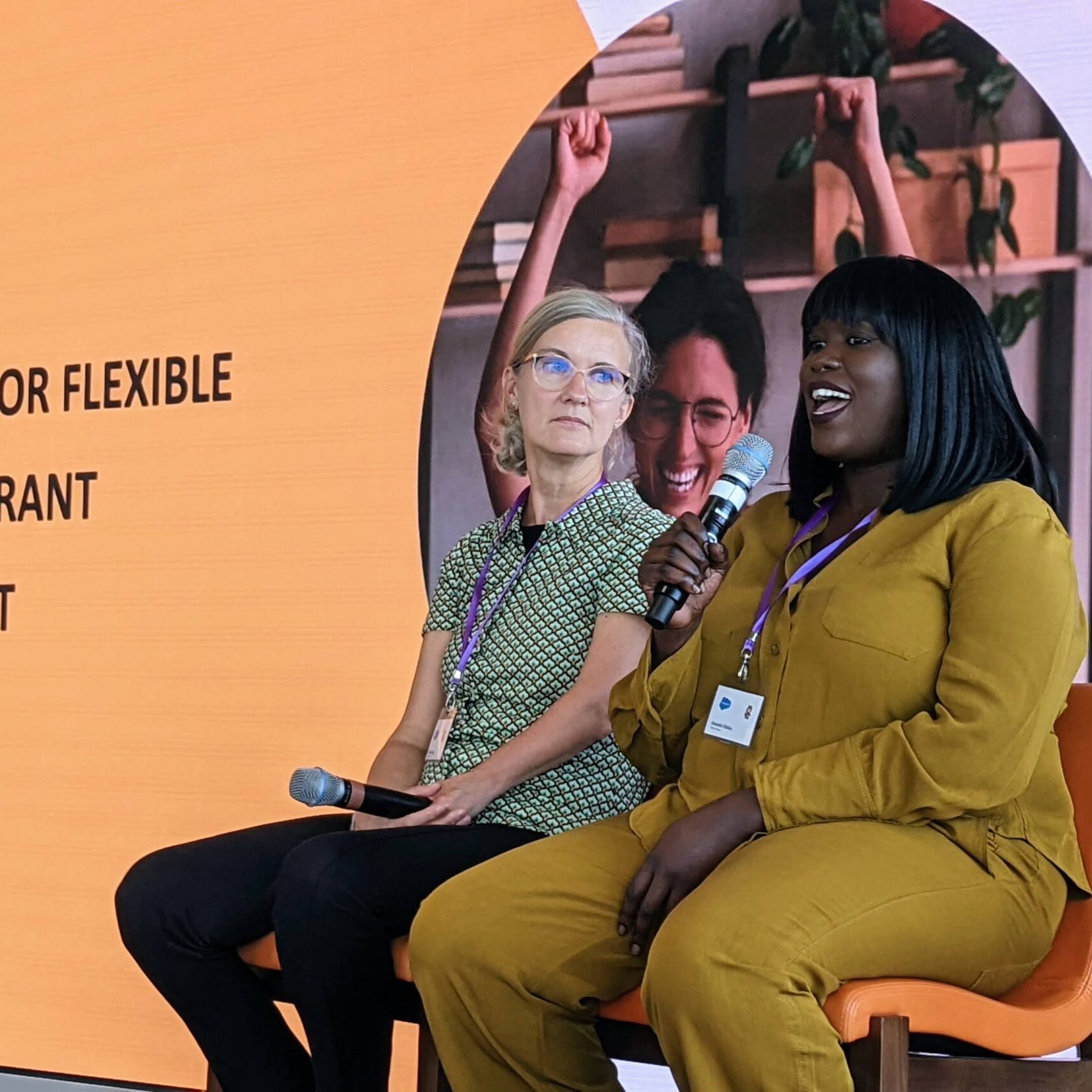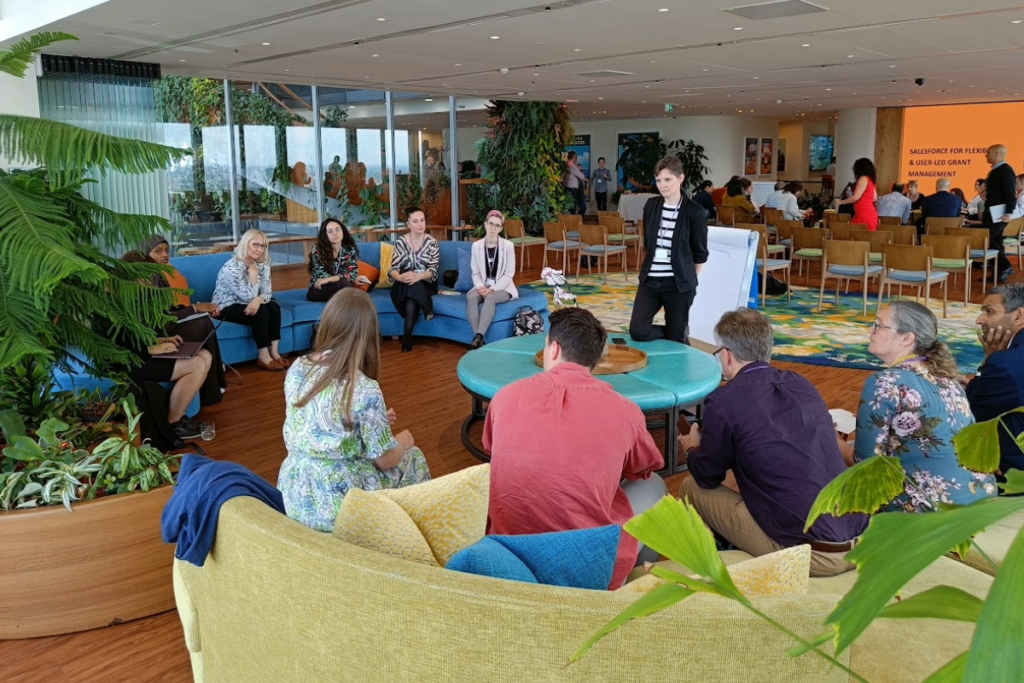Grant-making on Salesforce – Decision stage
In Part 3 in our blog series to explore how each stage in the grant-making lifecycle can be managed on Salesforce, the spotlight is on the funding application Decision stage. Following the assessment of funding applications, this stage involves preparing them for review by the panel, updating the result and informing the applicant.
Preparing for panel
A panel could be made up of Board Directors, Trustees or a team of internal Managers depending on the nature of the programme – regularity of meetings can also vary greatly. For this reason, we recommend (and have built into our grantFlex product), that each Panel Meeting is created as a separate record in Salesforce:
- To track panel meeting members, meeting date and type
- To group applications for quick, mass updates to status, awarded amount, conditions or comments fields
- To link a single funding request to multiple panel meetings if relevant as is often the case with multi-stage assessments
- To facilitate the generation of a formatted, printable grant summary document for panel members.
There are a number of third party document generation products designed to create templates that can pull in data from related record source fields. Our recommendation on choice here largely depends on 2 factors; the scope and breadth of document-generation requirements across the solution and the complexity of templates. Conga Composer has been the number 1 choice for document generation for some years with an impressive array of functionality. SDocs is a free alternative (and consequently capabilities are more limited as you would expect). We have also incorporated our own tool into grantFlex to produce the most commonly used grant-making documents.
Panel outcomes
Let’s take a look at the 3 most common funding application decision statuses and explore how Salesforce can speed up and simplify the administration associated with each. The status of funding request records can be updated instantly during the meeting if there is access to a laptop or mobile device (tablet/smart phone) or when the administrator returns to their desk.
APPROVED
1. Status picklist field is changed to Approved (by a user with applicable profile permissions). Using Salesforce’s in-build process builder, there is the option to automate the creation of related records:
- Payment schedule with scheduled dates / amounts
- Requirements – information required from a new grantee before first payment can be processed such as grant acceptance and bank details
2. Send grant offer email template with attached copy of the grant offer letter (ideally auto-generated by the system if document generation tool* is configured) and terms and conditions.
3. Grant acceptance / terms and conditions – An increasing number of grant-makers are moving to online grant acceptance processes to avoid the costs and potential delays associated with post. In this case, the grant offer email is set up to include a link to an online acceptance form:
- Pre-populated with relevant information
- Data entry fields to collect new information that was not requested in the application such as bank details, outcomes, confirmation of budget breakdown
- Checkbox to confirm acceptance of the terms
- Ability to attach documents (if scanned signature is preferred)
- Status updates when submitted and a task assigned to the record owner to advise that it has been received
4. If there are conditions associated with the approval, these can be entered and reflected in the status (ie Approved with conditions) which effectively puts the application on hold until conditions are met
REJECTED
- Status picklist field is changed to Rejected
- Validation rule can be set up to prompt entry of rejection reason (or select from a pre-defined picklist)
- Option to automate rejection email template to the applicant populating the reason for rejection as a merge field (and/or free text comments if appropriate)
- Sent email can be logged as an activity in the grant record’s history
DEFERRED
Occasionally, applications may be deferred to a future panel meeting if there is further information required or the decision is not final. In this scenario:
- Status picklist field is changed to Deferred
- Associate funding request with the future panel meeting at which it will be discussed again
- Log activities to indicate any communications with the applicant
- Option to automate an email to the applicant to inform them
Once all requirements have been met for approved applications, the first payment can be made, the topic of the next blog in this series is Finances management.
You can also read previous blogs in this series Part 1 – Application stage and Part 2 – Assessment stage.
For more information on how you can improve your grant-making processes using Salesforce – get in touch.






